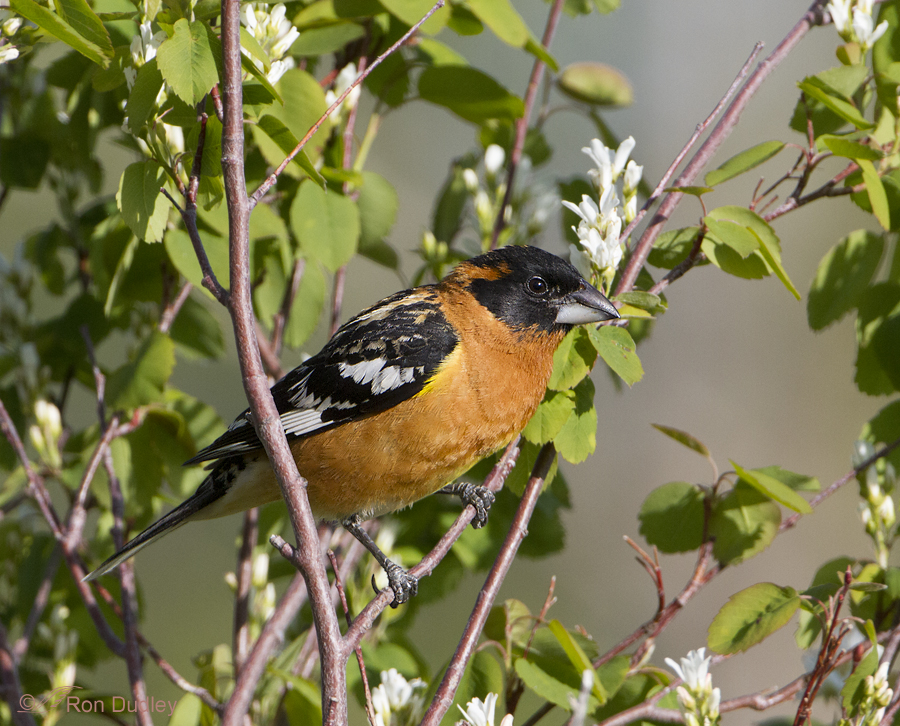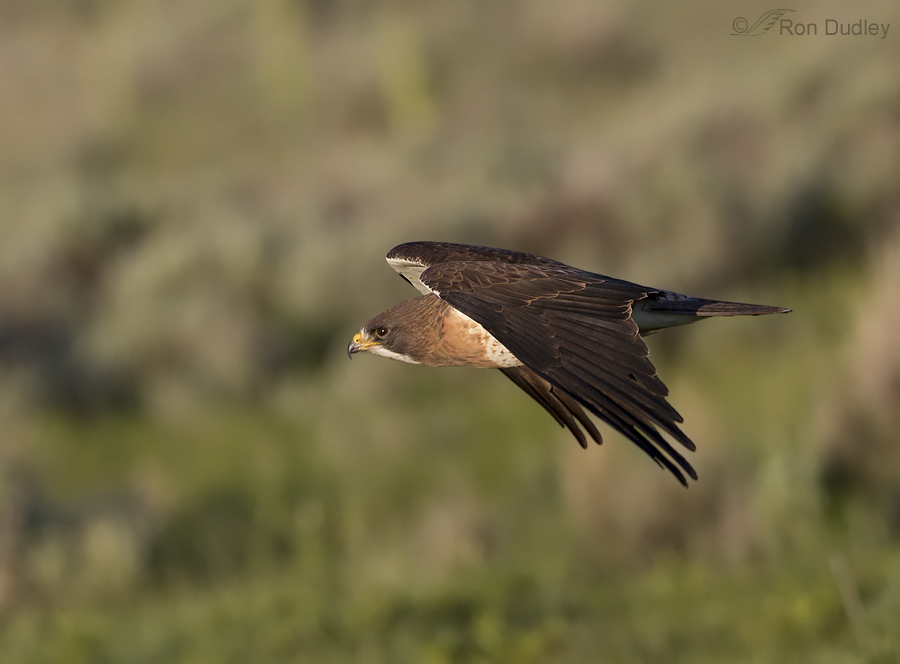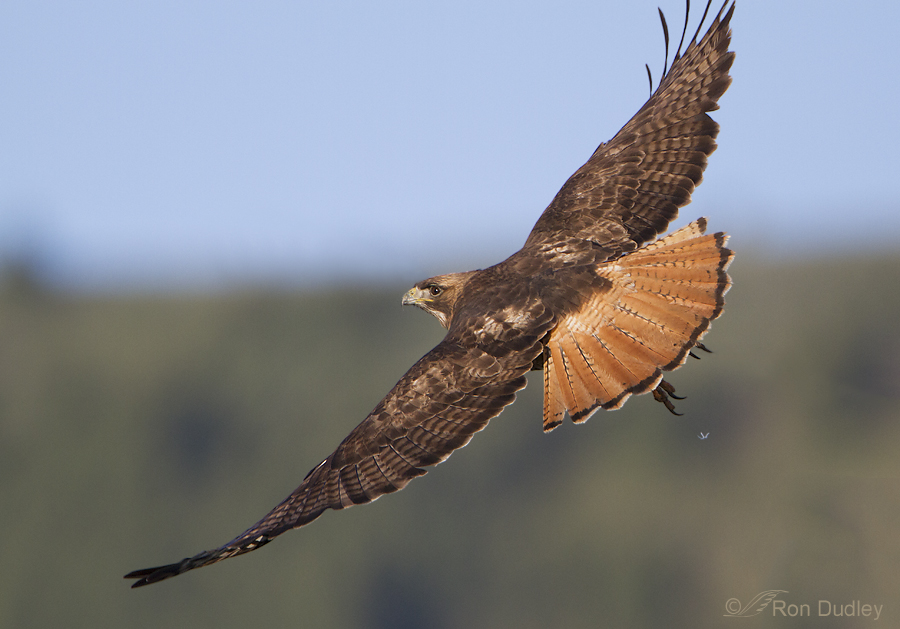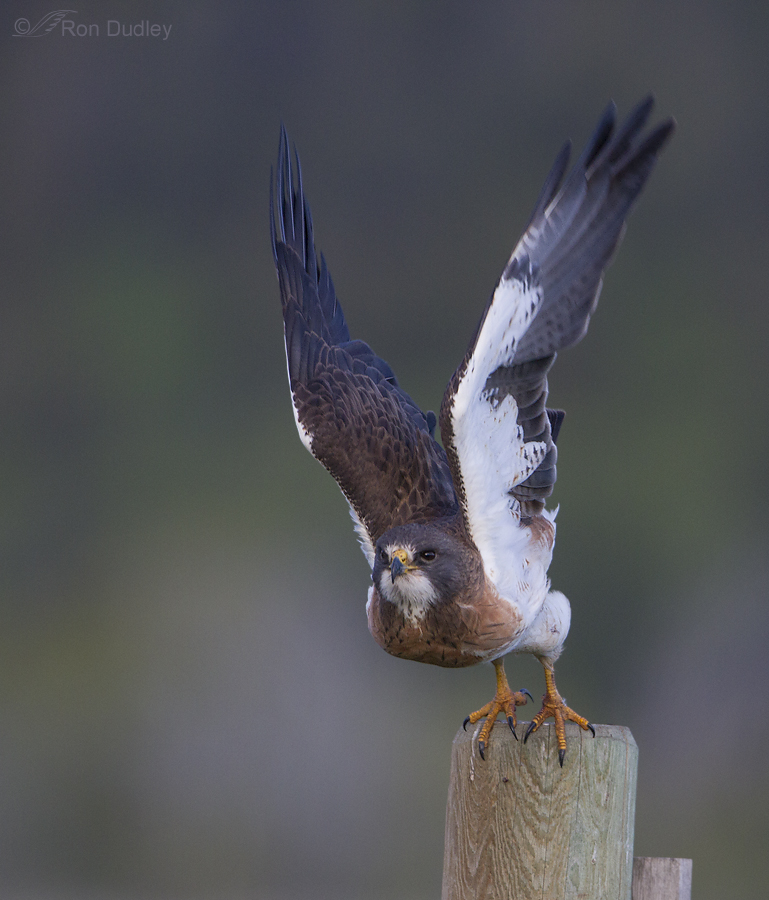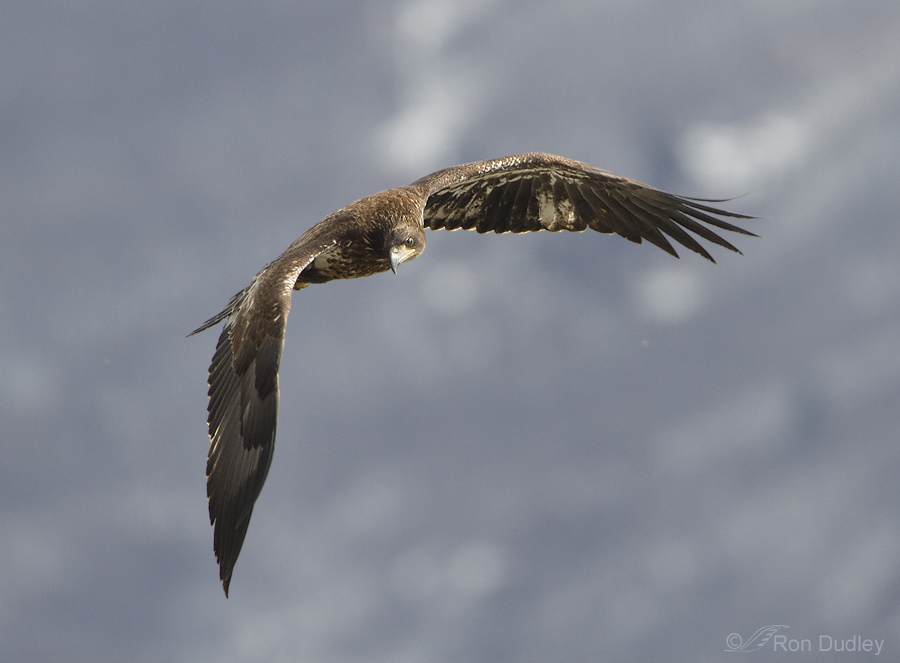Green-tailed Towhee
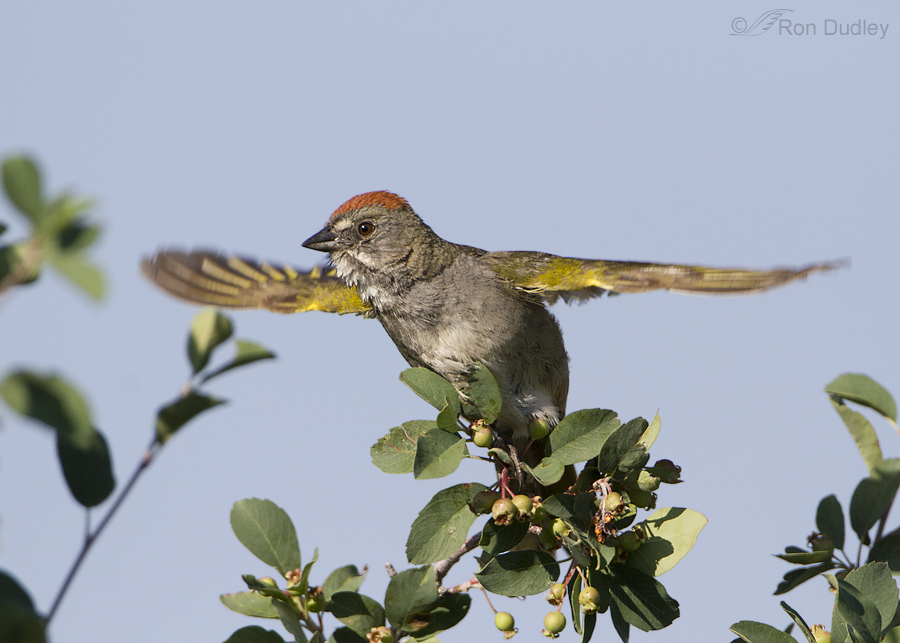
As I mentioned on this blog a couple of months ago I’ve been after quality images of the Green-tailed Towhee for years but they’ve always eluded me. This species has a special place in my heart and memory because it was my field project study species back in 1969 when I took a college ornithology class at the University of Utah from the legendary Dr. William H. Behle. That class provided the inspiration for my almost life-long love of birds. I’ve been trying to get some nice images of them for years now but their secretive nature and my bad luck always got in the way.


